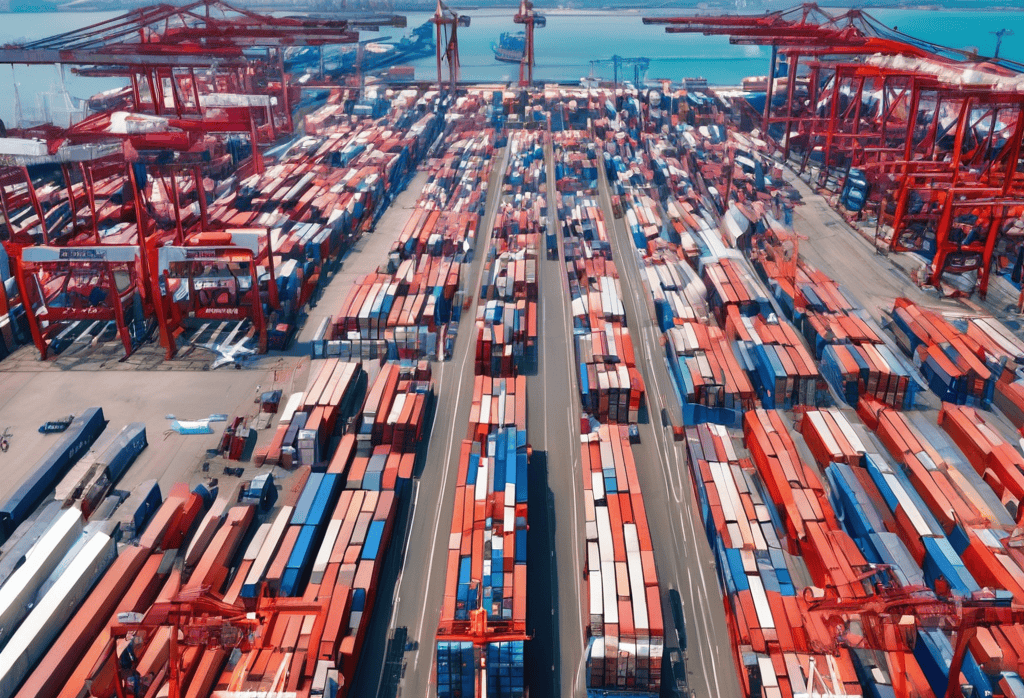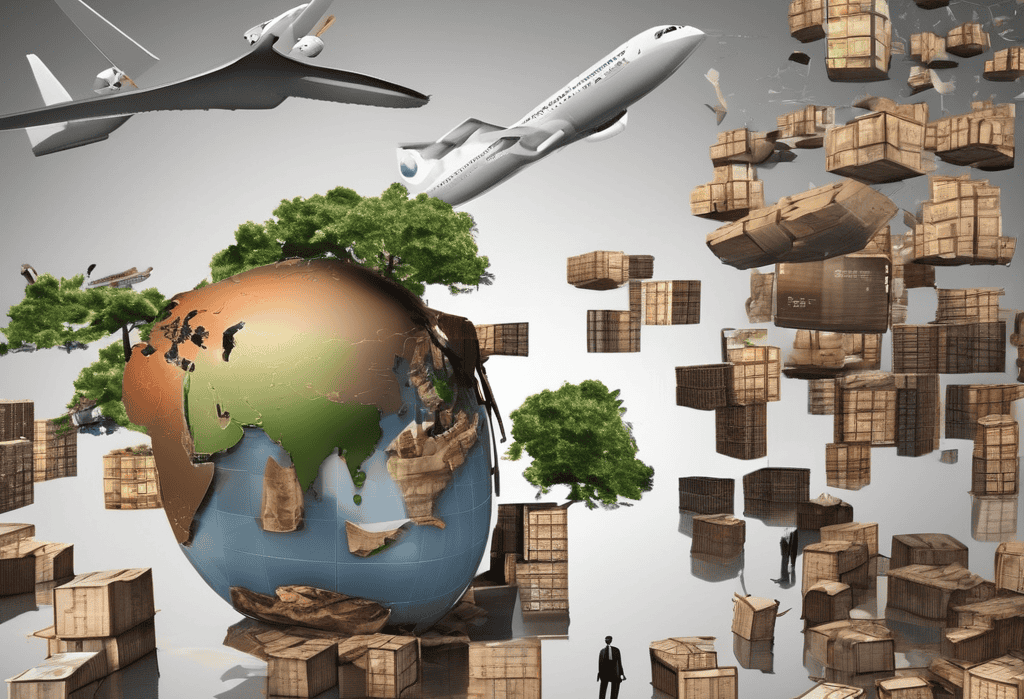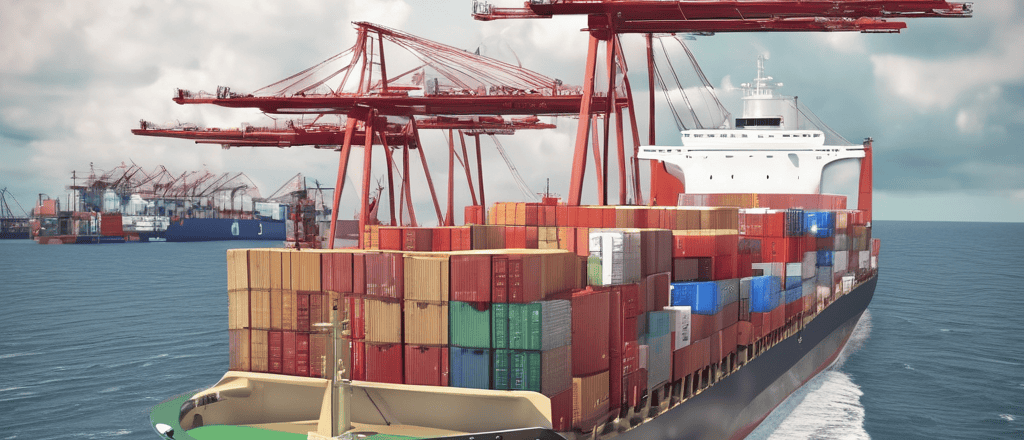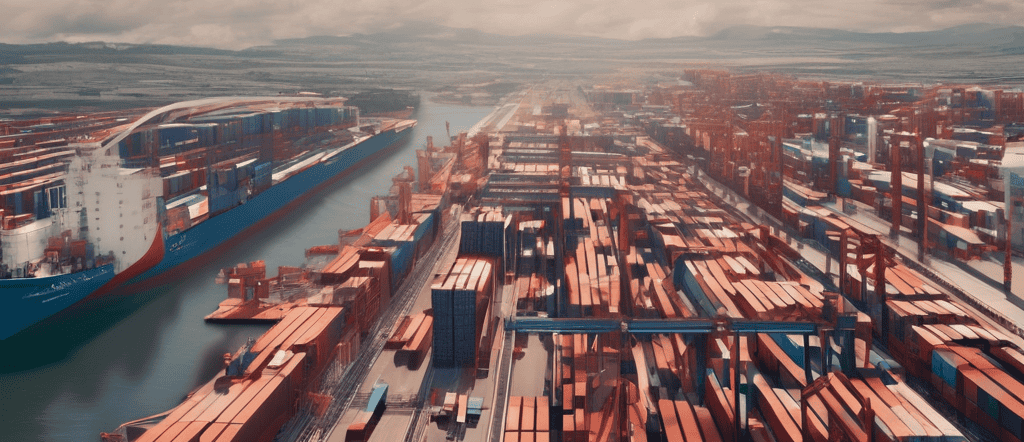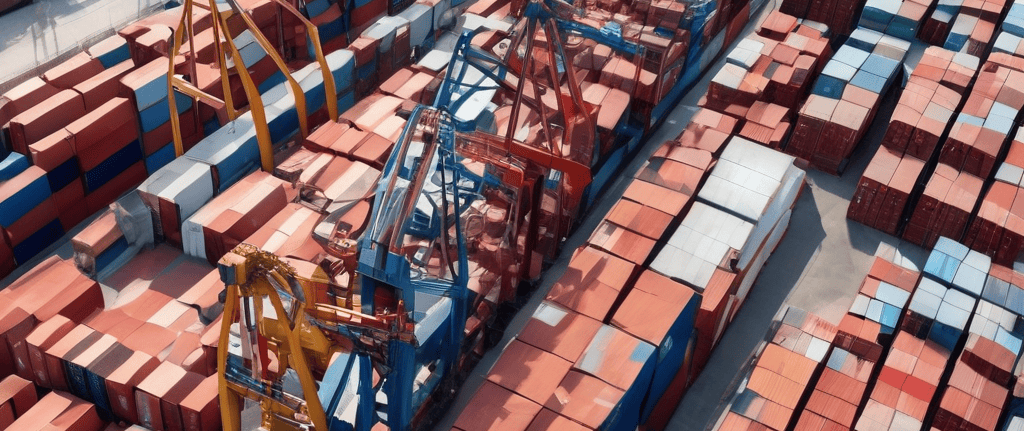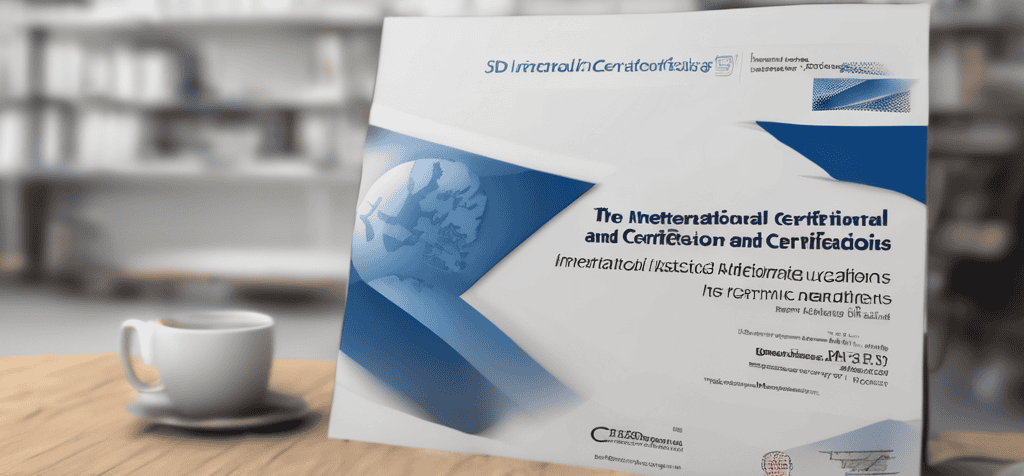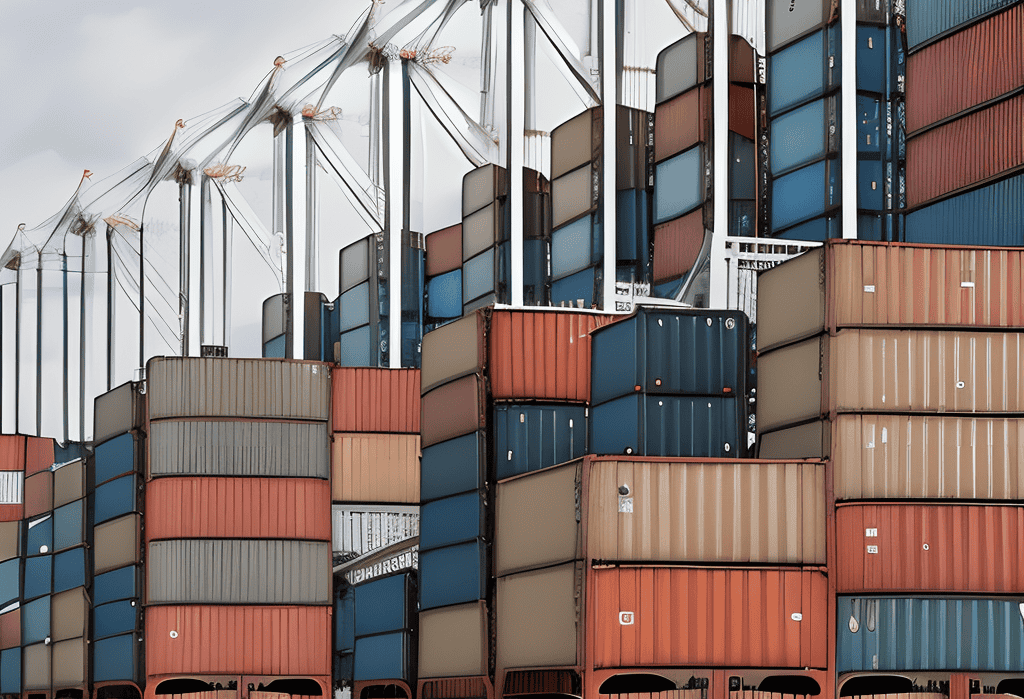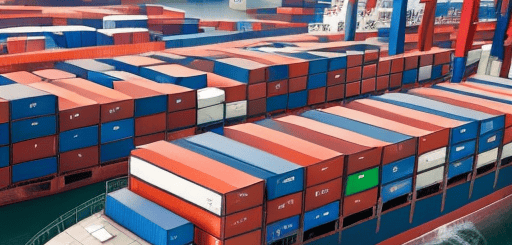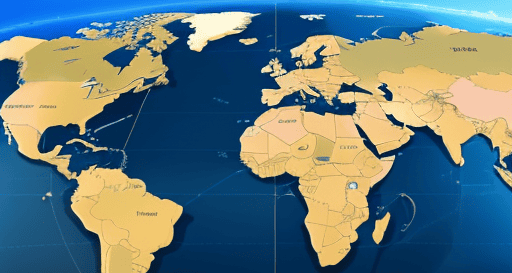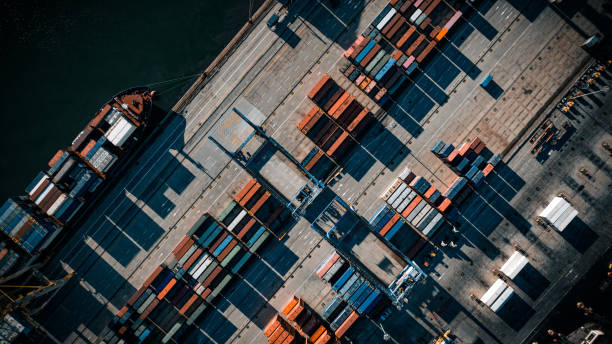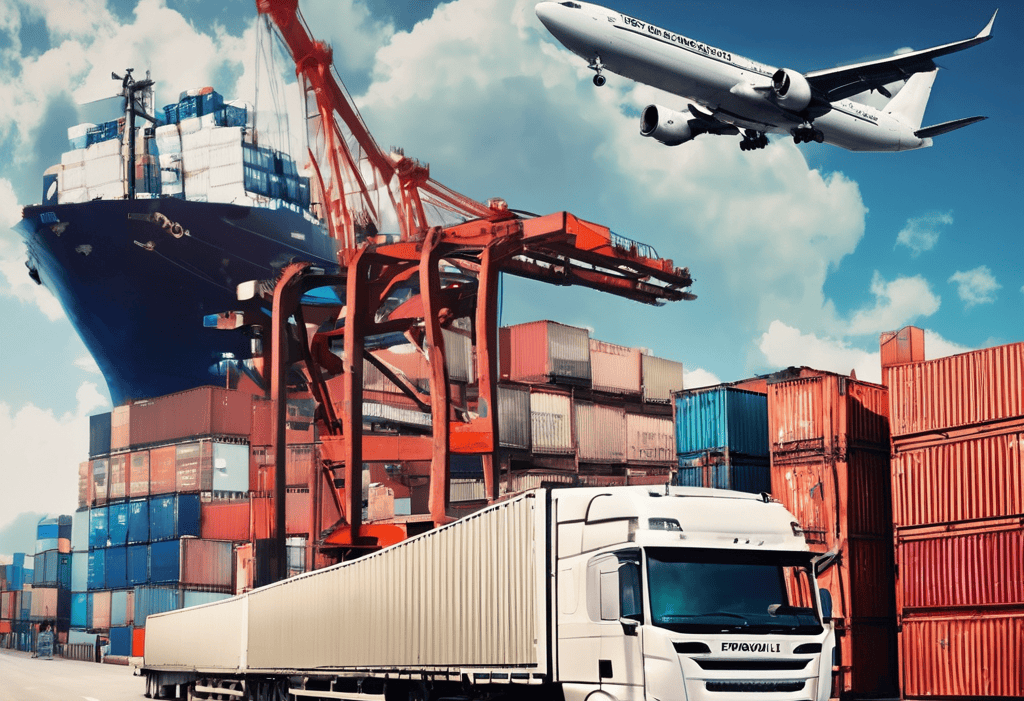The COVID-19 pandemic has had a significant impact on international trade, causing a decline in trade volumes, disruptions in supply chains, and shifts in trade patterns. Governments and businesses have navigated these challenges through various measures and policies. As the world recovers from the pandemic, the resilience of supply chains, the evolution of trade policies, and ongoing efforts to manage future health crises will shape the future of international trade.
Decline in Global Trade
The pandemic caused a sharp decline in global trade, as countries implemented restrictions and economic activities slowed down. According to the World Trade Organization (WTO), the volume of world merchandise trade registered a significant decline of 5.3% in 2020. This contraction in trade was the largest since the financial crisis of 2008-2009.
Disruptions in Supply Chains
The pandemic disrupted global supply chains, highlighting their vulnerabilities and interdependencies. Factory shutdowns, transportation disruptions, and border closures hindered the movement of goods and raw materials. According to a survey conducted by the Institute for Supply Management (ISM), nearly 75% of companies reported supply chain disruptions due to COVID-19.
Shifts in Trade Patterns
COVID-19 has led to shifts in trade patterns and priorities. The demand for certain goods, such as personal protective equipment (PPE), medical supplies, and pharmaceuticals, surged during the pandemic. At the same time, sectors like tourism, travel, and hospitality experienced significant declines. E-commerce and digital services witnessed growth as consumers turned to online platforms for their shopping needs.
Regional Trade Impact
The pandemic has affected regional trade differently. In Asia, where the outbreak originated, both exports and imports were severely affected initially. However, many Asian economies recovered quickly as they managed to control the virus and adapt their production and export capabilities. The impact on other regions, such as Europe and the Americas, was more prolonged due to extended lockdowns and ongoing challenges.
Government Responses and Trade Policies
Governments implemented various measures to mitigate the impact of COVID-19 on trade. These included fiscal stimulus packages, export restrictions on critical goods, and temporary trade facilitation measures. Some countries also adopted protectionist measures, such as imposing export controls on medical supplies, which raised concerns about trade disruptions and the potential for trade wars.
Outlook for the Future
The recovery of international trade from the effects of COVID-19 remains uncertain. While the rollout of vaccination programs and the easing of restrictions offer hope for economic rebound, challenges persist. Variants of the virus, supply chain disruptions, and potential long-term shifts in consumer behavior may continue to shape trade dynamics in the post-pandemic era.
Read more views







